Introducing solid foods to your baby is a crucial milestone filled with anticipation and questions. As your little one transitions from exclusive breastfeeding or formula feeding to exploring a variety of flavours and textures, it's crucial to have a roadmap for this new adventure. Today's blog post guides you through the "6 to 12 Months Baby Food Chart," designed to simplify this significant phase with easy-to-follow guidelines and nutritious meal ideas.
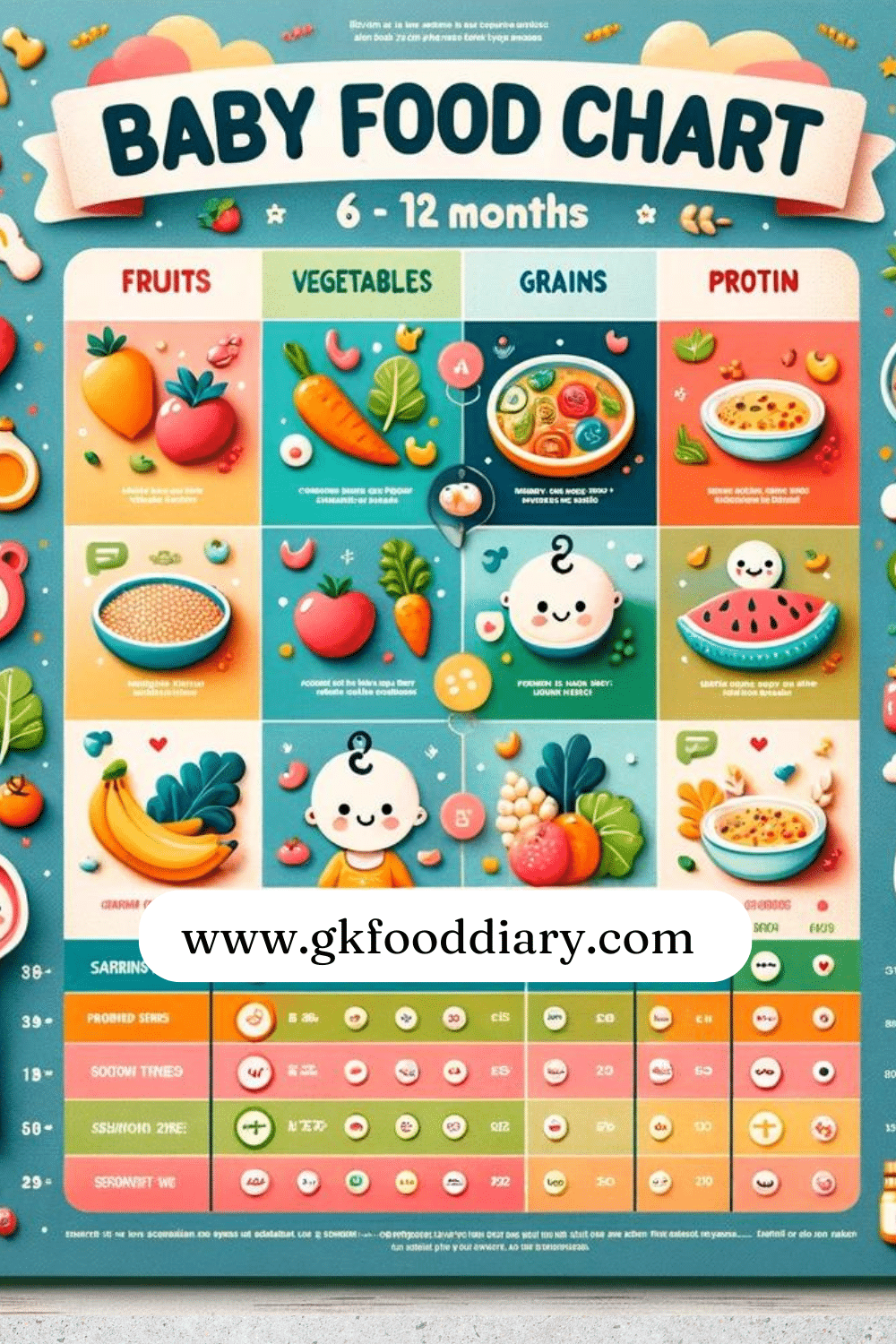
The Transition to Solids: A Gradual Introduction
The period between 6 to 12 months is critical for your baby's development, marking the introduction of solid foods alongside breast milk or formula. It's essential to start with easily digestible foods that are low in allergens and gentle on your baby's developing digestive system. Begin with single-ingredient purees and gradually introduce more complex combinations and textures.
Understanding Your Baby's Nutritional Needs
As your baby grows, so do its nutritional requirements. Iron, zinc, vitamin D, and healthy fats become increasingly essential to support their rapid development. Incorporating a variety of fruits, vegetables, grains, and protein sources ensures a balanced diet that nurtures their growth.
6 to 9 Months: Exploring Purees and Soft Foods
At this stage, your baby is likely just starting to experiment with solids. To ease the transition, focus on smooth purees and very soft foods.
- Fruits and Vegetables: Start with single-ingredient purees like avocado, sweet potato, banana, pear, and carrot. These are rich in essential vitamins and minerals and easy on your baby's stomach.
- Grains: Single-grain cereals, like rice or oatmeal, mixed with breast milk, formula, or water can introduce new textures.
- Proteins: Pureed meats and legumes provide crucial iron and protein. Begin with mild flavours like chicken, lentils, or peas.
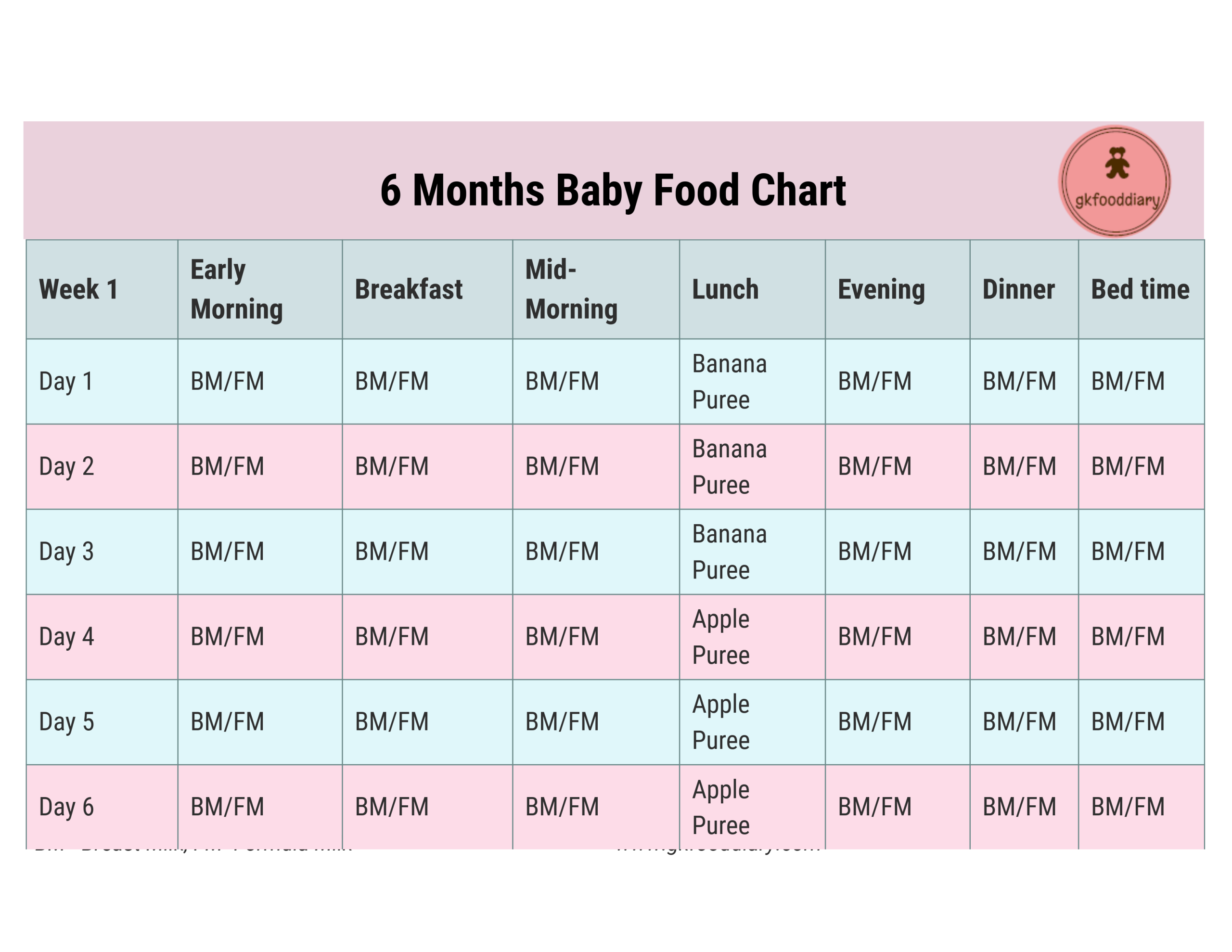
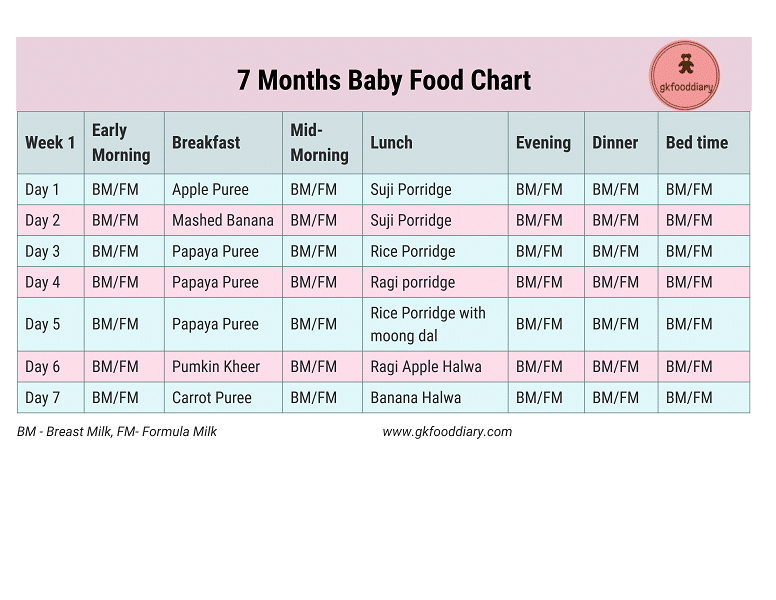

9 to 12 Months: Introducing More Textures and Variety
As your baby becomes more comfortable eating, you can introduce a broader range of textures and flavours.
- Finger Foods: Soft-cooked vegetables, small pieces of soft fruits, and small bits of protein like shredded chicken or scrambled eggs encourage self-feeding.
- Dairy: Full-fat yoghurts and soft cheeses are excellent calcium sources and can be introduced at this stage.
- Complex Combinations: Start combining flavours with mixed vegetable and meat purees, small portions of family meals low in salt and spices, and more textured foods to encourage chewing.
- 9 months Baby food recipes
- 10 months Baby food recipes
- 11 months Baby food recipes
- 12-18 month baby food recipes
Allergen Introduction
Recent guidelines suggest early introduction of allergenic foods like peanuts, eggs, and fish in small, controlled amounts can help reduce the risk of developing food allergies. Consult with your paediatrician for personalized advice and strategies.
Sample Baby Food Chart
To simplify meal planning, we've compiled a sample food chart with age-appropriate meal ideas for your 6 to 12-month-old. Remember, all babies are different, and it's essential to watch for readiness cues and allergies as you introduce new foods.
6 to 9 Months:
- Breakfast: Oatmeal cereal mixed with breast milk or formula
- Lunch: Pureed sweet potato with a side of avocado
- Dinner: Pureed peas and carrot mix
9 to 12 Months:
- Breakfast: Scrambled eggs with finely mashed banana
- Lunch: Small pieces of soft-cooked chicken with soft-cooked carrots and peas
- Dinner: Full-fat yoghurt mixed with mashed pear
Tips for Successful Feeding
- Always supervise your baby during meals to ensure safety.
- Let your baby explore foods at their own pace; never force-feed.
- Introduce new foods one at a time and watch for any signs of allergies.
- Keep mealtimes positive and stress-free to foster a love for eating.
The journey from 6 to 12 months is an exciting time of exploration and growth for your baby. By providing a variety of nutritious foods, you're catering to their developmental needs and setting the stage for healthy eating habits. Remember, the goal is to make mealtime enjoyable and stress-free for you and your baby. With this baby food chart as your guide, you're well on your way to nurturing a happy, healthy eater.
When should I start introducing solid foods to my baby?
Most babies are ready to start trying solid foods around 6 months of age. Look for signs of readiness, such as being able to sit up with little or no support, showing interest in food, and the ability to swallow food rather than pushing it back out onto the chin.
What foods should I introduce first?
Begin with single-ingredient purees or very soft foods. Good options include iron-fortified single-grain cereals like rice or oatmeal, pureed vegetables (such as sweet potato, carrot, and squash), fruits (like apple, pear, and banana), and pureed meats (such as chicken).
How do I know if my baby is allergic to a new food?
Introduce one new food at a time and wait 3-5 days before trying another to monitor potential reactions. Signs of an allergic reaction can include hives, a rash around the mouth or elsewhere, vomiting, diarrhea, or extreme fussiness. If you notice any of these symptoms, stop the new food and consult your pediatrician.
How often should I feed my baby solid foods?
At 6 months, one or two tablespoons of solid food once a day is sufficient. Gradually increase the frequency and quantity as your baby grows, aiming for three meals a day by 12 months, in addition to breast milk or formula.
Can I offer finger foods to my baby?
Yes, by around 8 to 10 months, most babies can handle small pieces of soft finger foods. Offer cooked vegetables, soft fruits, small pieces of cheese, or soft-cooked pasta. Ensure the pieces are small enough to avoid choking hazards.
Should I be concerned about choking?
Always supervise your baby while eating and offer appropriate food sizes and textures to minimize risks. Avoid hard, round foods like whole grapes, nuts, and popcorn. Learn the signs of choking and how to respond appropriately.
Can my baby drink cow's milk or plant-based milk?
Babies under 12 months should primarily have breast milk or formula. Introduce cow's milk or fortified plant-based milks after the first birthday, and consult with a pediatrician for recommendations tailored to your baby's nutritional needs.
How much water should my baby drink?
Babies under 6 months don't typically need extra water. After 6 months, you can introduce small amounts of water, especially in hot weather or if your baby seems thirsty. However, water should not replace breast milk or formula feeds.
What if my baby refuses to eat certain foods?
It's common for babies to be wary of new foods. Offer rejected foods multiple times, as it can take several attempts for a baby to accept a new taste or texture. Don't force your baby to eat; keep mealtimes positive and stress-free.
How can I ensure my baby is getting enough nutrients?
Offer a variety of foods across all food groups to ensure a balanced intake of nutrients. Include iron-rich foods, such as meat purees and iron-fortified cereals, and ensure adequate fat intake for brain development. Consult with your pediatrician if you have concerns about your baby's growth or nutrient intake.


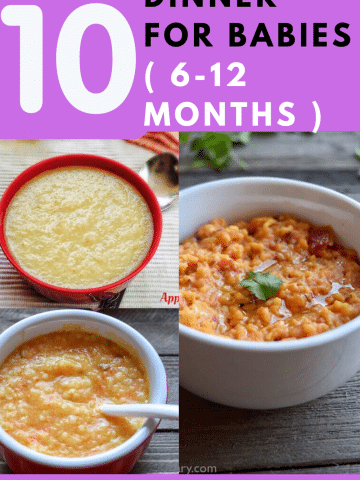
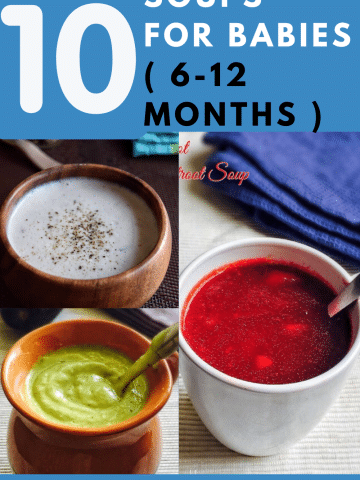
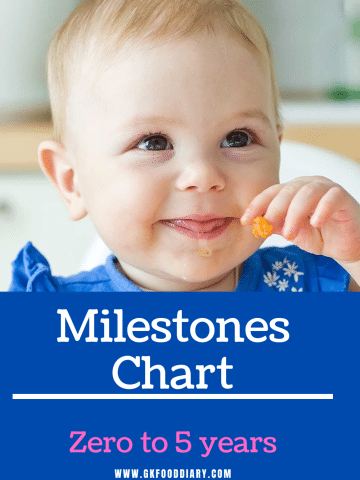


Leave a Reply